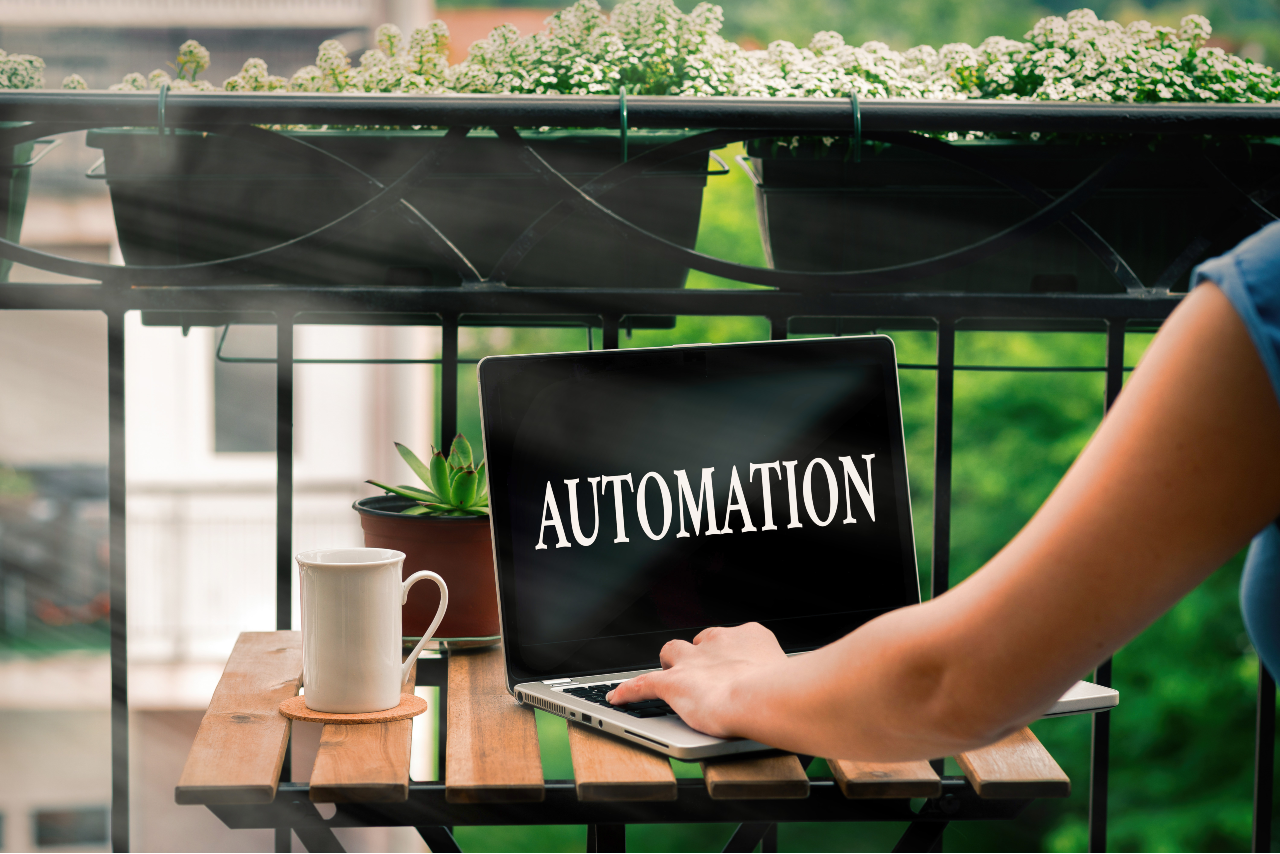One of the most important secrets of the oldest enterprises and largest global corporations is a mantra of continuous improvement. This corporate attitude of being open to change and of seeking ways to constantly improve has enabled these business institutions to survive the various cycles of business boom and bust, the decades of growth and crises, and the passing of time, with all the wars and revolutions.
Another wave of technological shift is occurring in many industries with the advent and introduction of artificial intelligence (AI). The AI metrics collected and collated by many businesses indicate that workplace functions have seen significant and vast improvements, owing to the adoption and application of AI technology.
How AI Has Improved The Workplace
Artificial intelligence (AI) has resulted in improvements in so many workplace functions. Such positive changes include:
- Increased Productivity
The most obvious and noticeable improvement in workplace functions resulting from the application of AI is a dramatic increase in productivity. The introduction and adoption of AI has enabled businesses to automate repetitive tasks and focus more human resources on tasks that require creativity, discretion, and judgment.
One way that AI complements human resources is that AI greatly increases the computing and analytic powers of humans. This increases human productivity in doing tasks that require creativity and decision.
During the assembly line era of manufacturing plants, even the most routine task of attaching certain parts and components to the body of an automobile, for instance, has to be done by humans who wait in line for their turn to put in their respective parts as the car passes by them. With the invention of programmed robotic arms, however, such a task can now be performed without human interference.
- Predictive Analytics
Another significant impact of AI application in improving workplace functions is in the area of predictive analytics. In the past, workers in charge of operations planning had to rely on their own calculations with the aid of computer software. With the use of AI, however, computers can now collate data analytics on their own, make their own computations and calculations, and, then, present their recommendations.
For instance, in crime laboratories and investigation, forensic analysts and crime lab technicians no longer have to rely on their own calculations whenever they’re confronted with a crime scene problem. One example that requires some quantitative analysis is getting the exact angle to calculate where the assassin fired the gun based on the entry of the bullet.
AI is now applied in forensic analysis in such a way that the AI program presents its analysis and interpretation of what really happened at the crime scene. It can even generate animation and visualization to give the users a more vivid reenactment of the crime scene.
Similar AI applications are used in testing the impact capacity of cars. These are usually used by car manufacturers to simulate the potential results of various kinds of accidents.
- Improved Customer Experience
Another area in the workplace that has been vastly improved by the application of AI is customer service and customer relationship management.
Before the advent of AI, entire teams and departments were devoted to servicing the needs, demands, and complaints of customers. An entire industry of business process outsourcing, specifically customer service and customer relationship management, sprouted and thrived as a result of the pressing need of large corporations to improve the transaction experience of their customers.
For instance, telecommunications and mobile companies, as well as Internet service providers and insurance companies, had to spend a lot of money and resources to make sure their customers’ needs and complaints were attended to whenever they needed somebody to talk to about their purchases or buying experience. This propped up an entire industry of contact centers.
With AI, businesses have now designed and deployed chatbots, which are able to engage customers based on their history of orders, purchases, payments, and previous complaints. This has significantly improved the customer experience because they don’t have to keep on repeating what they bought before, or what they complained about in the previous call or chat. It leaves the impression that the company knows their customers.
- Enhanced Accuracy And Precision
AI applications have also led to enhanced accuracy and precision.
Since AI integrates the computing power of software into the workflow, it has vastly improved the accuracy and precision of tasks being performed. In healthcare, for instance, the use of AI has increased the accuracy and precision of laboratory and x-ray tests. It has also improved the capability of hospital equipment to interpret and present data to be evaluated by lab technicians or doctors.
In manufacturing, the introduction of AI technology and equipment has dramatically improved the accuracy and precision of assembly plants in completing a product based on the design. With the use of robotic arms, laser cutters and drills, and other AI technology and equipment, products now go through processes with greater precision. This has also significantly reduced human error and workplace accidents.
- Reduced Stress And Fatigue
Another improvement brought about by the introduction and adoption of AI technology is that worker stress and fatigue has been significantly reduced.
In workplace settings, which demand a lot of mental analysis and computing, the assignment of tasks requiring heavy computing and analysis to AI technology, has taken off a significant burden on humans to whom this role was previously given.
For instance, in canning plants that required computing for the time allotted for each stage of the canning process, from clustering of produce, to slicing of meat, to pouring, and down to sealing, these tasks were previously done through the programming of canning equipment by humans. These tasks are now being done by AI technology with faster and more powerful computing capabilities.
With the use of surveillance cameras surrounding the entire canning or manufacturing plant, AI technology is in a better position to look for areas to improve further. It can factor in the gaps in the process that cameras are able to view and record. It can also identify delays and bottlenecks in the process.
AI Workplace Improvements
Without a doubt, the use and application of AI have led to significant and dramatic improvements in workplace functions. AI has increased the productivity of workers. It has improved customer experience, owing to faster data collation and processing. AI has definitely enhanced accuracy and precision with the use of its computing speed and power. And, finally, AI has also reduced stress and fatigue in the workplace by empowering humans.






